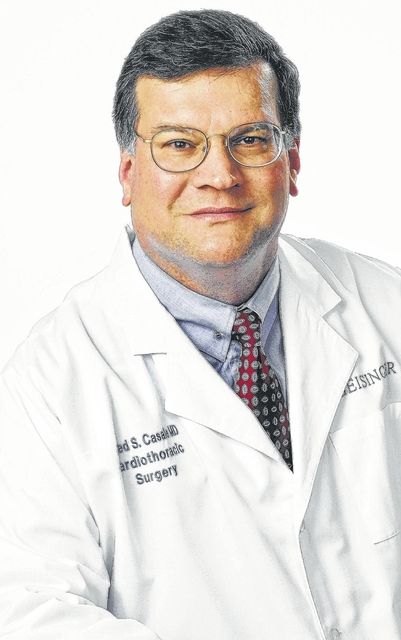Click here to subscribe today or Login.
It amazes me how widespread the ads for pharmaceuticals, medical devices and procedures are in magazines, TV and radio these days.
I dare you … get a copy of some magazine and count the ads for drugs. I do, and a dozen is not uncommon.
Many for “diseases” that we never identified in med school. You see, pharmaceutical marketing is big business, and getting you to ask your doctor about treatment for something with a costly, marginally effective drug, is an important tactic to increase profits. It annoys me that pharmaceutical companies think putting a fancy, made-up name on an issue, preferably with some official-sounding acronym, will fool us into demanding a drug, device or treatment.
There are, though, some obscure syndromes that you should be aware of. Here’s one I learned about while ordering a standing desk at work (stay tuned for an article about that!).
It’s a fact of life: Anything you do for a long period of time on a consistent basis will influence your health and well being, either for the good or the bad. Officers workers, beware — your 9-to-5 job could be setting you up for a very real problem with a funny-sounding name: dead butt syndrome.
Dead butt syndrome, which is actually called gluteal amnesia or gluteus medius tendinopathy, is a fairly common problem. It can happen to anyone who doesn’t use their gluteal muscles frequently enough.
The structure and function of the buttocks
The buttocks are comprised of three muscles: the gluteus maximus, gluteus medius and gluteus minimus. Together they function to provide movement to the hip joint so you can move in all the ways you’re used to, from walking and running to jumping and sitting down in a chair.
The gluteus medius gives your hip and pelvis support during weight-bearing activities and exercises. It contracts when your hip flexors relax, which is the common give-and-take between these muscles during activities like walking and running.
Dead butt syndrome happens when there is inflammation of the gluteus medius muscle.
Sitting all day causes problems, but so can running
When you sit all day, your hip flexors contract and become shorter and tighter. While your hip flexors are in this constant state of flex while you sit, your gluteus medius is resting. It rests so much that the muscle stops firing correctly, resulting in the dreaded dead butt syndrome.
Sitting for long stretches can contribute to gluteal amnesia, but it’s not just inactive people who experience it. Athletes who work in an office all day and then go for a run after work have the problem too.
Dead butt syndrome can be especially troublesome for runners and other part-time athletes. Since they are active, other muscles and tendons are forced to compensate for the weakness in their buttocks. As a result, they’ll often have problems in their lower extremities. It’s common for runners and other athletes with the syndrome to complain of pain in their quads, hamstrings, calves, ankles and Achilles tendons.
Wake up your tush
Preventing and treating dead butt syndrome involves stretching your hip flexors and strengthening your gluteal muscles. A few tips that can help:
•Stand and walk at regular intervals: If you hunker down at your desk all day, your hip flexors never get a break. Stand up and walk around the office at least once an hour.
•Massage your hip flexors: Especially before and after exercise, massage your hip flexors and quads. An effective way to do this is with a foam roller.
•Do squats and lunges: The exercises are known to target your glute muscles. No need to use weights, since three sets of 10 of each exercise using your body weight is enough to engage your muscles.
•Squeeze your butt: Squeezing your gluteal muscles together can help to engage them (and you can do it without anyone noticing).
If the pain and tightness of dead butt syndrome does not resolve with these approaches, your doctor or a sports medicine therapist can help. They can prescribe advanced therapies and recommend different exercises to get you back on track.
Now stand up, stretch and take a walk.








